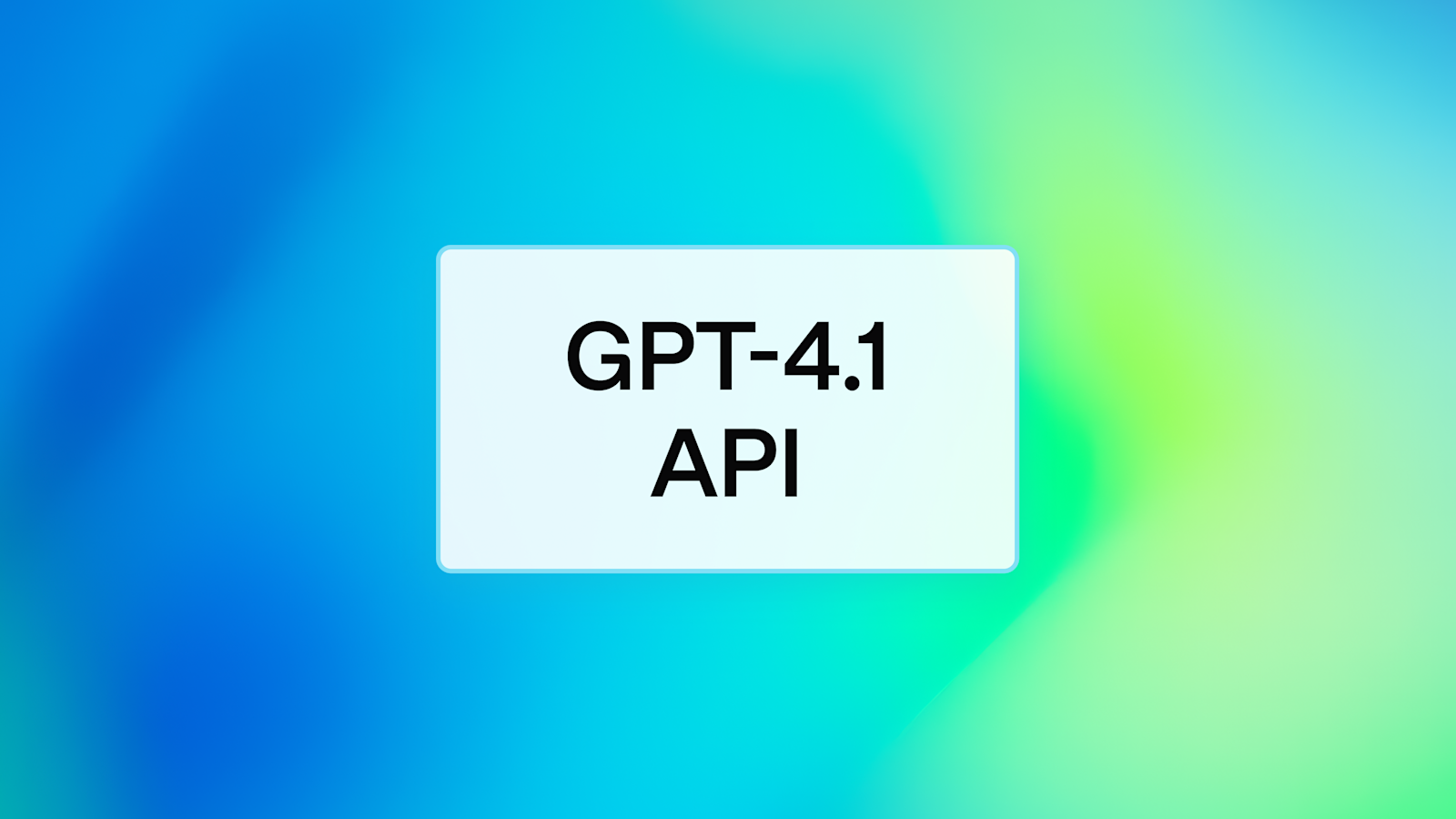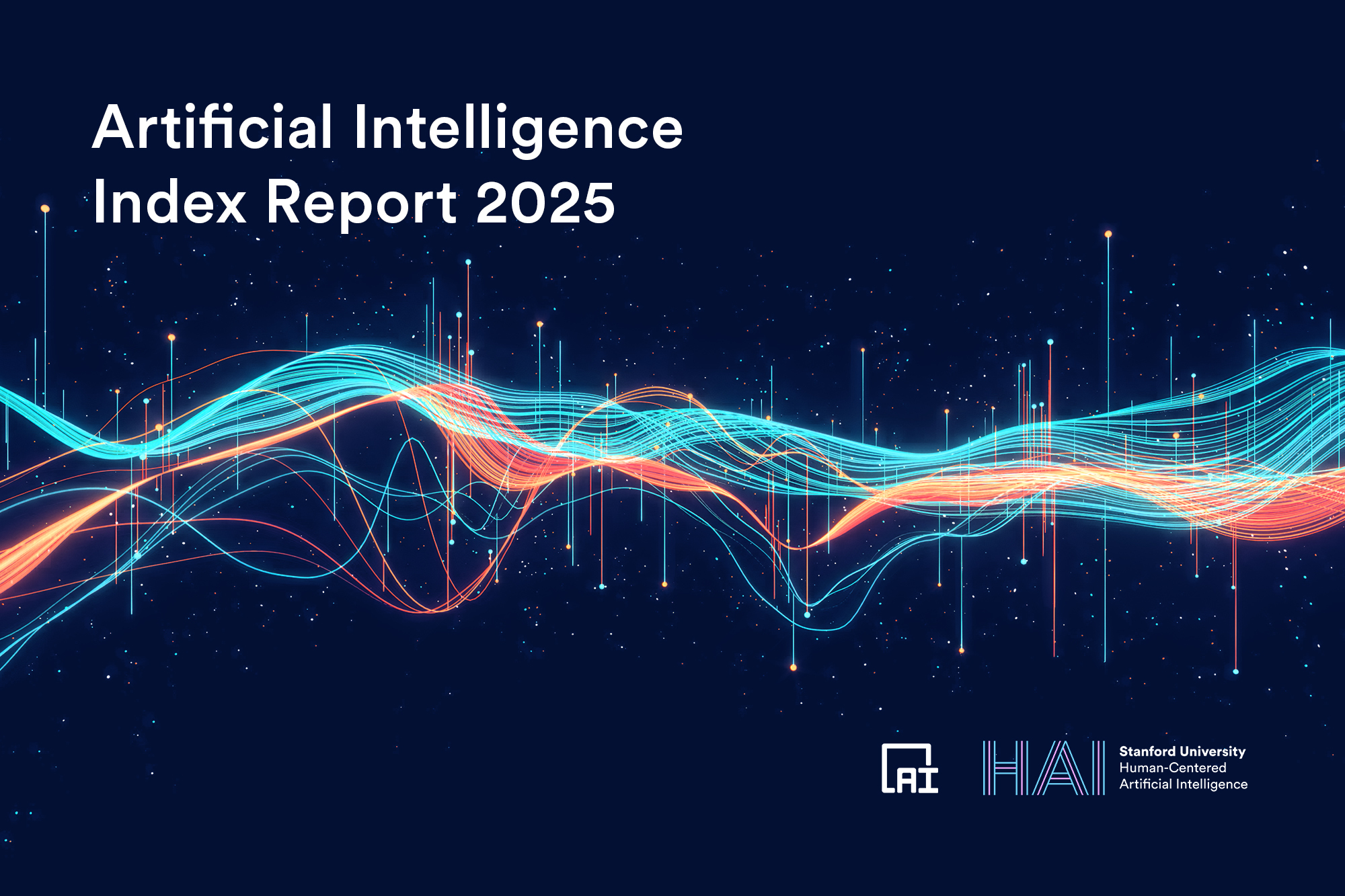- Pondhouse Data OG - We know data & AI
- Posts
- Pondhouse Data AI - Tips & Tutorials for Data & AI 24
Pondhouse Data AI - Tips & Tutorials for Data & AI 24
Global AI Trends in One Report | OpenAI’s GPT-4.1 Update | AI Memory Bank for Coding Agents

Hey there,
This week, we’re zooming in and out. Zooming in on practical tools like Microsoft’s excellent RAG tutorial series and Cline’s clever “AI Memory Bank” technique for persistent coding context. And zooming out with Stanford’s AI Index Report, which gives a data-rich view of where the industry—and the world—is heading with AI.
We’re also covering OpenAI’s release of the GPT-4.1 model family, major updates to ChatGPT memory, and new efforts from Microsoft and Google to improve how AI tools debug and collaborate.
Lots of fresh insights—let’s get to it.
Cheers, Andreas & Sascha
In today's edition:
📚 Tutorial of the Week: Why RAG Still Matters – Microsoft’s Practical YouTube Series on Retrieval-Augmented Generation
🛠️ Tool Spotlight: AI Memory Bank – Make Your Coding Assistant Remember Context Across Sessions
📰 Top News: OpenAI Releases GPT-4.1 Family – Faster, Smarter, and Cheaper Models for Developers
💡 Tips: Stanford’s AI Index 2025 – The Best Way to Understand Where AI is Really Headed
Let's get started!
Find this Newsletter helpful?
Please forward it to your colleagues and friends - it helps us tremendously.
Tutorial of the week
RAG Isn’t Dead—Microsoft’s Hands-On Guide Reminds Us Why It Still Matters
Everyone’s talking about agents these days—but don’t let the hype fool you: RAG (Retrieval-Augmented Generation) is still the backbone of most real-world agent systems. Whether you're building search assistants, internal copilots, or AI tools that interact with knowledge bases, RAG remains one of the most reliable, production-ready building blocks in the game.
To make sure you actually understand how to build and scale these systems, Microsoft has put together an excellent YouTube playlist covering everything from the fundamentals to advanced patterns.
🎓 What You’ll Learn in This Series:
✅ What RAG is and how it really works under the hood
📦 How to structure and chunk your data for better retrieval
🔎 Why vector stores, embedding models, and filtering logic matter
🔁 How to build iterative RAG loops for agents and copilots
💬 Real-world scenarios and demos using Azure and open-source tools
It’s broken into short, digestible sessions and is ideal for both beginners and devs who want to move from "just calling an API" to building actual LLM-powered systems that deliver value.
If you're building anything with LLMs in production, this series is well worth your time. RAG hasn’t gone anywhere—in fact, it’s more important than ever.
Tool of the week
AI Memory Bank – Persistent Project Context for AI Coding Assistants
AI assistants like Cline and Cursor are powerful tools, but they often struggle with retaining context across sessions. The AI Memory Bank addresses this limitation by providing a structured system that enables these assistants to "remember" project details, decisions, and progress, effectively transforming them into persistent development partners.
🧠 What is the AI Memory Bank?
The AI Memory Bank is a methodology that utilizes a set of structured Markdown files to maintain context across AI interactionsBy organizing information such as project briefs, technical contexts, system patterns, and progress logs, the Memory Bank allows AI assistants to quickly rebuild their understanding of a project, even after a session resetThis approach not only preserves critical context but also enhances the efficiency and consistency of AI-assisted development.
⚙️ How to Implement the Memory Bank
For Cline Users:
-Integrate the Memory Bank by adding custom instructions that guide Cline to read and update the memory-bank directory within your project.
For Cursor Users:
-Utilize the AI Memory extension to seamlessly integrate the Memory Bank into your workflowThis extension sets up a local Model Context Protocol (MCP) server, allowing Cursor to access and manage memory bank files efficiently.
🔧 Key Features
Persistent Memory: Retains project context across sessions, reducing the need for repetitive explanation.
Structured Documentation: Organizes project information into easily accessible Markdown file.
Enhanced AI Performance: Improves the relevance and accuracy of AI-generated suggestions by providing comprehensive contex. By implementing the AI Memory Bank, developers can significantly enhance the capabilities of their AI assistants, leading to more efficient and context-aware development workflow.
Top News of the week
OpenAI Releases GPT-4.1 Model Family
OpenAI has officially launched the GPT-4.1 model family, introducing three new models: GPT-4.1, GPT-4.1 Mini, and GPT-4.1 Nano. These models represent a full retraining of the GPT-4 architecture with a focus on cleaner design, lower latency, and more consistent behavior. GPT-4.1 brings improvements across multiple fronts: instruction following, code generation, and reasoning accuracy.
📌 What’s New in GPT-4.1?
Better Instruction Following: GPT-4.1 performs better in staying on-task and producing less hallucinated output.
Improved Coding Accuracy: GPT-4.1 reaches 55% on SWE-bench Verified—significantly higher than GPT-4o (33%) and GPT-4.5 (38%).
Enhanced Reasoning & Multimodal Understanding: Achieves 75% MMMU accuracy and maintains higher accuracy across long contexts in OpenAI-MRCR benchmarks.
Customer-Friendly Pricing: Despite delivering improvements across the board, GPT-4.1 comes at a ~25% lower price than GPT-4o, making it both more powerful and more cost-effective
Also in the news
Microsoft Introduces Debug Gym for AI Coding Agents
Microsoft Research has released Debug Gym, a new evaluation and training environment designed to help AI coding tools learn to debug like human programmers. The benchmark focuses on real-world programming bugs, guiding models through interactive reasoning steps to identify and fix issues—similar to how developers approach debugging in practice.
Google Launches A2A: A Step Toward Agent Interoperability
Google has announced A2A (Agent-to-Agent), a new initiative to enable interoperability between different AI agents, platforms, and tools. A2A aims to create a standard way for agents to discover, communicate with, and delegate tasks to one another—paving the way for more modular, cooperative AI systems.
ChatGPT Memory Now Remembers Across All Past Conversations
Starting today, memory in ChatGPT can now reference all of your past chats to provide more personalized responses, drawing on your preferences and interests to make it even more helpful for writing, getting advice, learning, and beyond.
— OpenAI (@OpenAI)
5:06 PM • Apr 10, 2025
Tip of the week
Stanford AI Index Report
If you’re looking to understand not just where AI is going, but how it’s reshaping industries, policy, and society, the 2025 AI Index Report from Stanford HAI is essential reading. This comprehensive, data-driven report offers a global perspective on AI's rapid evolution and its multifaceted impact.
📊 What’s Inside the 2025 AI Index?
Benchmark Breakthroughs: AI performance has surged on challenging benchmarks. For instance, scores on SWE-bench, a coding benchmark, jumped from 4.4% in 2023 to 71.7% in 2024.
Real-World Integration: AI is increasingly embedded in daily life. In 2023, the FDA approved 223 AI-enabled medical devices, a significant rise from just six in 2015.
Economic Impact: Private AI investment in the U.S. reached $109.1 billion in 2024, nearly 12 times China's $9.3 billion. Generative AI attracted $33.9 billion globally, marking an 18.7% increase from 2023.
Global Competition: While the U.S. produced 40 notable AI models in 2024, China is closing the performance gap, with significant advancements in AI publications and patents.
Policy Developments: AI-related legislation is on the rise, with U.S. states leading the way amid slow federal progress. In 2024, 131 state-level AI-related laws were passed, up from 49 in 2023.
Public Sentiment: Globally, optimism about AI is growing, with 55% believing AI products and services offer more benefits than drawbacks, up from 52% in 2022.
Whether you're a developer, researcher, policymaker, or just AI-curious, this report provides valuable insights into the current state and future trajectory of AI.
We hope you liked our newsletter and you stay tuned for the next edition. If you need help with your AI tasks and implementations - let us know. We are happy to help



